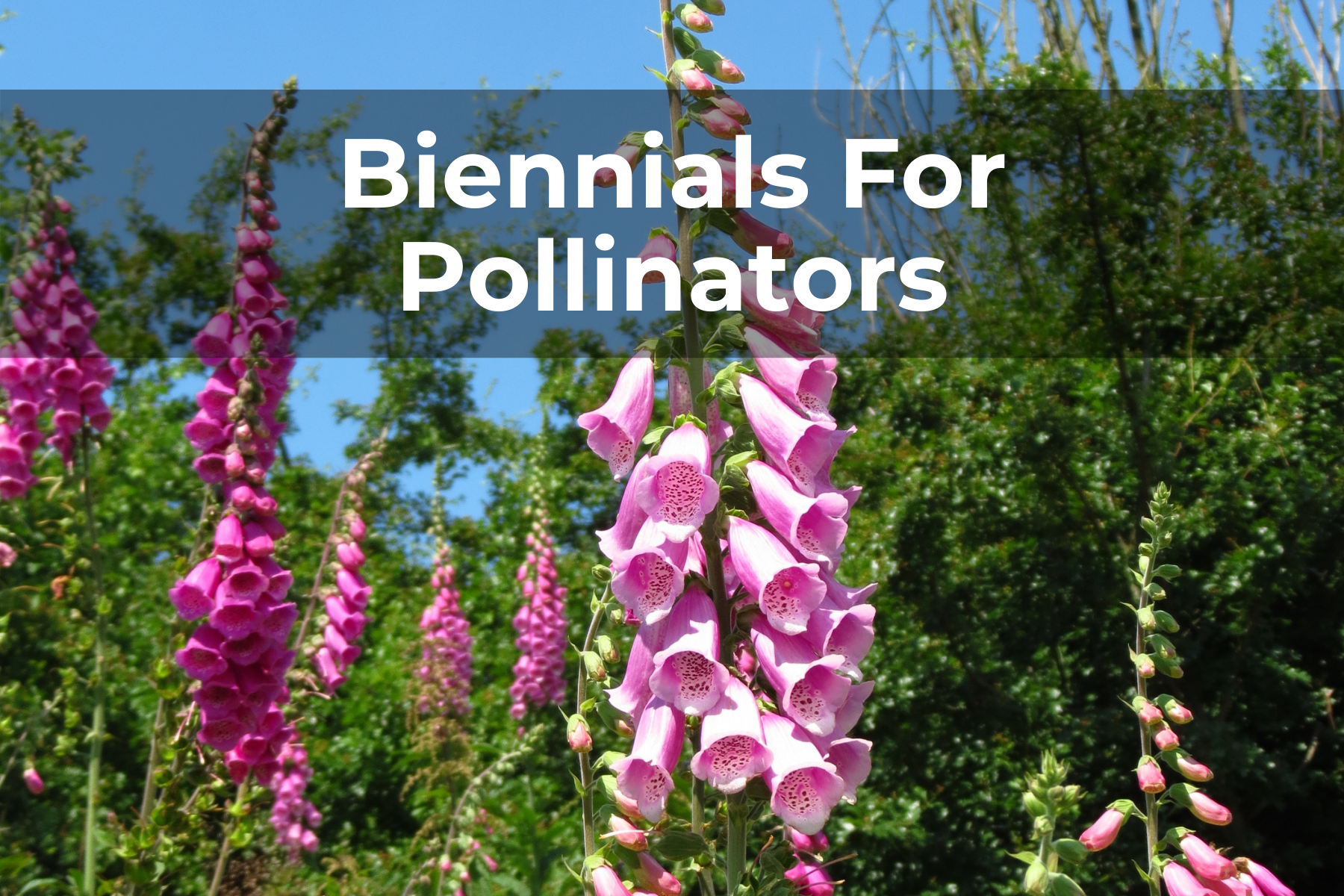Last Updated on April 8, 2024 by Real Men Sow
Autumn is the best time of the year to sow and cultivate biennials for pollinators and food. Autumn is nature’s best planting season. And, autumn is also the best time to place new plants.
It can be costly to plant great plants in your garden. But it doesn’t have to be. Many garden plants can be grown from seeds, not just the annuals.
Biennials for Pollinators
Biennials are a category of plants. They flower in their second year, as opposed to annuals. Annuals bloom the year they are sown. Biennials are great because you can sow them later in the summer or early autumn and let them grow. They will then overwinter and bloom usually the following summer, sometimes even the next.
The seedlings can be established while the soil is still warm from the summer sun, and take advantage of warm autumn rain before winter sets in. Biennials are a great choice for garden stalwarts. Many of these plants are important pollinator plants. It can be very busy in spring for seed sowing. So, take advantage of the late-season window to sow seeds.
This will ensure that you have plenty of plants to feed your pollinators next year. It also provides great plants for your garden without spending a lot.
Bee-Attracting Plants
Biennials are some of my favorite bee plants. These plants are easy to grow from seeds so you can grow a lot of them and share them with other gardeners. Many people ask me what my favorite plants are for pollinators.
The Viper’s Bugloss
Apparently used as a treatment for snakebites. However, I’m not sure how effective it was. It is a wildflower that is native to the area, hardy, and self-seeds. This ticks all my boxes for pollinator habitats. It can be grown in containers. And, to be honest, it’s the best choice if you have only one plant for pollinators. It’s also known as Echium vulgare, and it’s beautiful.
Sow seeds now to ensure that the plant’s flower next year or the following summer. This plant has a unique feature: it replenishes its nectaries every 20 minutes. It’s almost like a bottomless coffee cup that never runs out. It’s no wonder that it attracts pollinators.
Foxgloves
Their towering trumpet-shaped trumpet flowers in spring are a sight to behold. Foxgloves make a great food plant for bumblebees. They are especially good for the garden bumblebee which has a long tongue. To reach the nectar, she flies between flowers, crawling over the hairs. The male pollen-bearing anther opens first.
As the bee climbs into the flowers, she must fold her wings and squeeze through. Her negative charge attracts pollen. When she finishes eating from one flower, the bee will move to the next. The female parts of the flower mature and the bees will leave behind pollen. A passing bee can load the pollen from another foxglove plant onto its stigmas.
This affects pollination among different plants. Cross-pollination is a great way to enrich the gene pool. Plant foxglove seeds where you want them, and you’ll have a forest full of flower spikes in no time.
Honesty (Lunaria)
Opium poppy and wallflowers are all good biennials to pollinate. You can start them now by sowing seeds in pots of high-quality seed compost or in a nursery bed.
Surprising Biennial Pollinators
There are other great biennials for pollinators. Wild carrot flowers, a common cut flower, are extremely beneficial for many pollinators, including hoverflies and solitary bees.
The seed heads begin to form and the flowers turn brown, providing shelter for overwintering and overnighting insects. It’s not only wild carrots. After you have finished with the root vegetables, you can plant your carrot tops and allow them to flower.
Parsnips
Another biennial vegetable that is great for pollinators.
Parsley
You can save the seeds, but the flowers are good for pollinators. Another biennial is the leeks, which flower in their second year of sowing. You will be amazed at how many people visit the nectar-rich balls of flowers if you just let a few blooms.

